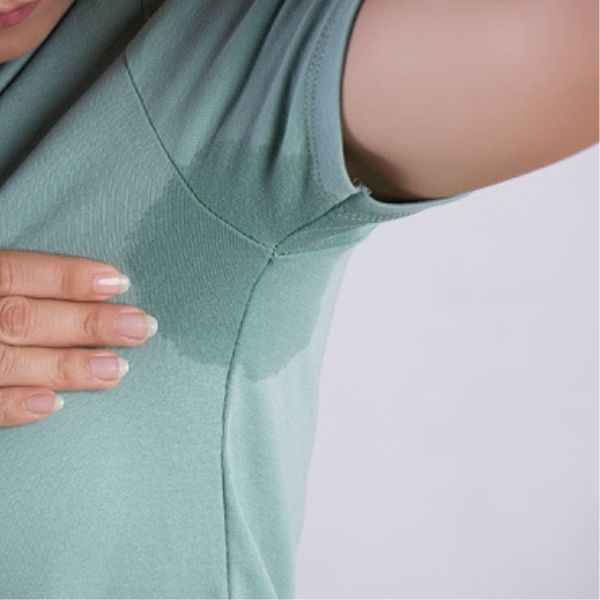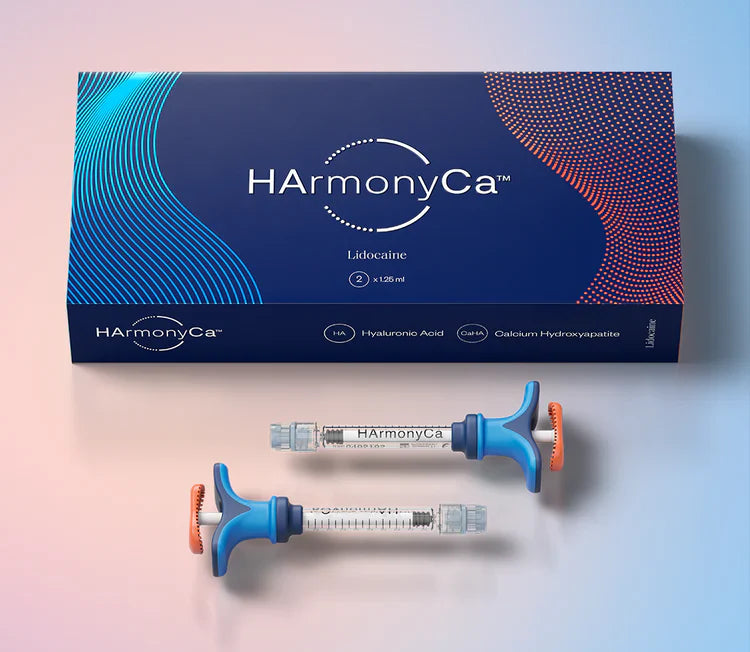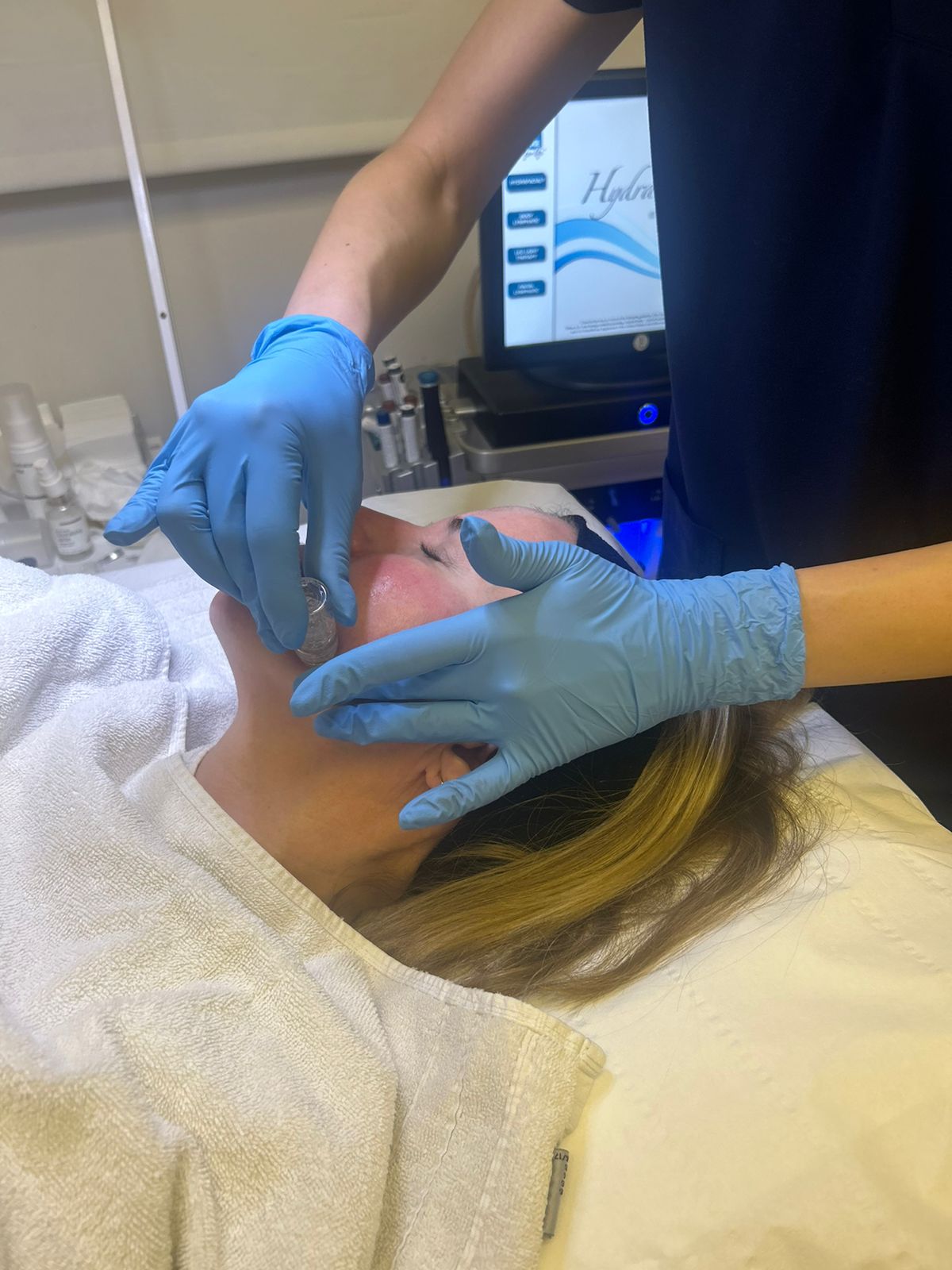“Both are fantastic treatments for pigmentation. If you have the time, I believe Obagi Nuderm is an excellent first step. Many of my clients use the system, even those without pigmentation, – as it is such a fantastic ‘reset’ for your skin, dramatically improving function as well as appearance. IPL is such a very satisfying treatment though, with almost immediate gratification – if you just want to focus on pigmentation and even out your skin tone for now. After an initial course, clients tend to return once a year for a ‘refresh’ – October/ November when fake tans are lightning and we can see the pigment that is not going to clear on its own is boom time for IPL treatments!” Dr Vicky Dondos
What is pigmentation?
The appearance of pigmentation in the skin can vary quite dramatically; from cute freckles across your nose that pop up after days spent in the summer sun, to small patches known as sun spots or liver spots appearing on the hands, face and decolletage. Hormone triggered pigmentation (‘melasma’), such as after pregnancy or childbirth, often appears on the lower half of the face almost like a mask. So what exactly is pigmentation?
Pigmentation refers to the colouring of the skin as a result of melanin, a natural pigment that gives your hair, skin and eyes their unique colour. When we see patches of skin that have lightened (hypopigmentation) or darkened (hyperpigmentation) this is showing areas where extra melanin has been produced, or the cells that produce melanin, the melanocyte cells, have been damaged.
Get the facts straight!
Pigmentation is not just caused by sun exposure – sun damage is a key cause of pigmentation, however it is not the only one, which is important to know when looking for remedies for dark spots. Hormonal shifts in the body such as those experienced during pregnancy or childbirth, breastfeeding and hormonal contraception can be triggers for pigmentation known as melasma or chloasma. Genetics can play a part, as can levels of stress, skin type and trauma to the skin – this can be a spot, or for some just plucking a hair can be enough ‘trauma’ to trigger a brown spot that takes weeks even months to clear.
Pigmentation develops over time – it can take a long time, even years, for pigmentation and dark spots to display. Sun damage caused in younger life can appear when you are much older, and can darken over time.
Pigmentation can appear all over the body – whilst most troublesome on the face, brown pigmentation patches and dark spots can appear on the hands, neck, decolletage and sometimes on areas of the body that are waxed or shaved, such as the legs.
What is the best treatment method for pigmentation?
Although stubborn, pigmentation removal treatment can be effective when approached in the correct way. One highly effective treatment method is a specialised de-pigmenting 12 week home skincare system, offering a home remedy for removing pigmentation. Dr Vicky Dondos explains the key components of these systems and why they are effective:
"All de-pigmenting systems have 3 basic components: 1) sunscreen, 2) an exfoliant and 3) an ingredient that blocks the production of new pigment. The exfoliant will speed up the removal of melanin/pigment that has already been produced – the brown spots which you can see. But unless you combine this exfoliant with an ingredient that blocks new pigment production the results will only be short lasting. We have been using the Obagi Nuderm system to remove pigmentation on the face and body for 10 years now at Medicetics, with great results."
The Obagi Nuderm System
Obagi Nuderm is a prescription strength 12 week system to overhaul your skin. Not only targeting pigmentation, the system will also reduce fine lines and improve the appearance of a dull, sallow complexion.
The Obagi Nu-Derm system uses Hydroquinone 4% (a powerful enzyme blocker, only available on prescription) to block new pigment production” explains Dr Dondos, “combining Hydroquinone with an exfoliant Exfoderm and a prescription strength retinoid, tretinoin/Retin-A is key to the success of the system. Most patients will see an improvement in skin tone and texture after 3 weeks, pigmentation should start to fade at 5-6 weeks, but we strongly encourage you to complete the 12 weeks system. The kit provides everything you need to use, including a cleanser, moisturiser and sunscreen for the full 12 week period.
Whilst very effective, the Obagi Nuderm system utilises strong ingredients and it can take skin some time to tolerate them. Varying degrees of skin tightness and sensitivity should be expected in the first 3 weeks, however your aesthetician should be able to moderate and reduce skin irritation.
The IPL Photofacial
Another effective technique for removing pigmentation is Intense Pulsed Light, also known as the IPL Photofacial. IPL essentially uses laser therapy to target problem areas of the skin, gently heating the lower dermal layers and gradually bringing the discoloured cells to the surface. These cells are then removed during the natural course of skin shedding between 3 and 5 days later.
Although IPL is delivering heat energy, it’s delivered via a cooling handpiece, which helps manage any discomfort that clients might feel. Not only is it a highly effective hyperpigmentation treatment, the IPL Photofacial can erase the impact that free radicals and toxins have on skin by increasing cellular turnover. Most clients require 3 to 10 sessions to see optimal results, depending on their particular skin issue.
There’s limited downtime with IPL treatments; you can resume normal activities after a session. The brown spots treated may appear darker after treatment, you may see little black flecks that feel a little rough. But this is not uncomfortable – it’s a good sign! And should clear in around 5 days to reveal a significant improvement. Sometimes we note an 80% reduction in pigmentation after just one session.
Everyone’s skin is different, and it is important to be sure on the best course of treatment. Why not book a free consultation and discuss your needs with an expert? Request an appointment online here.
Photo: Client Before/After Obagi Nuderm Treatment Plan.





